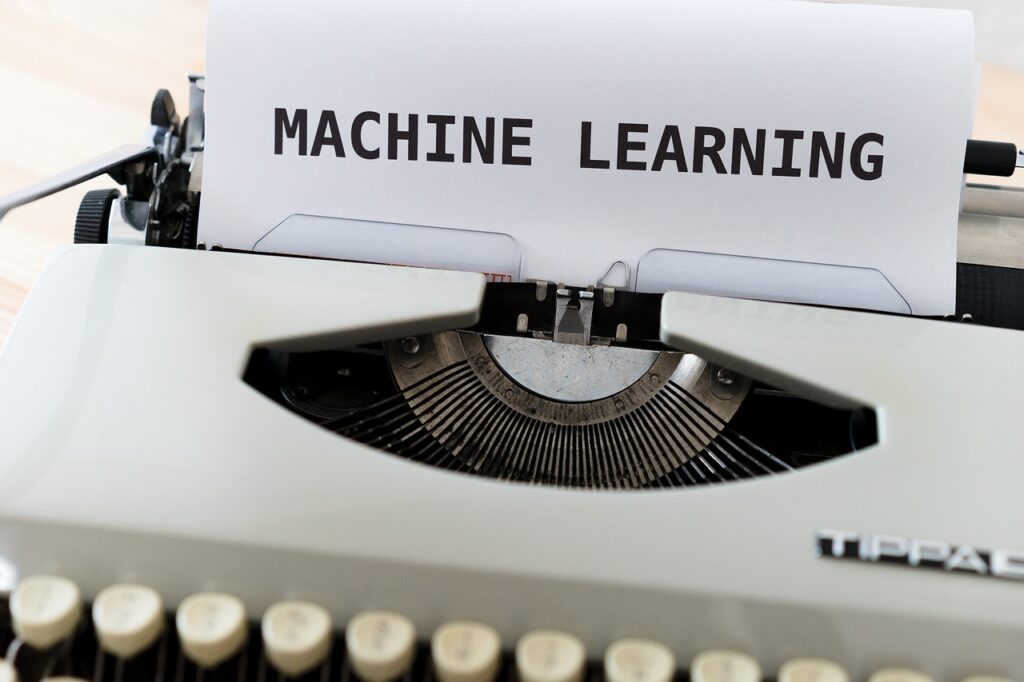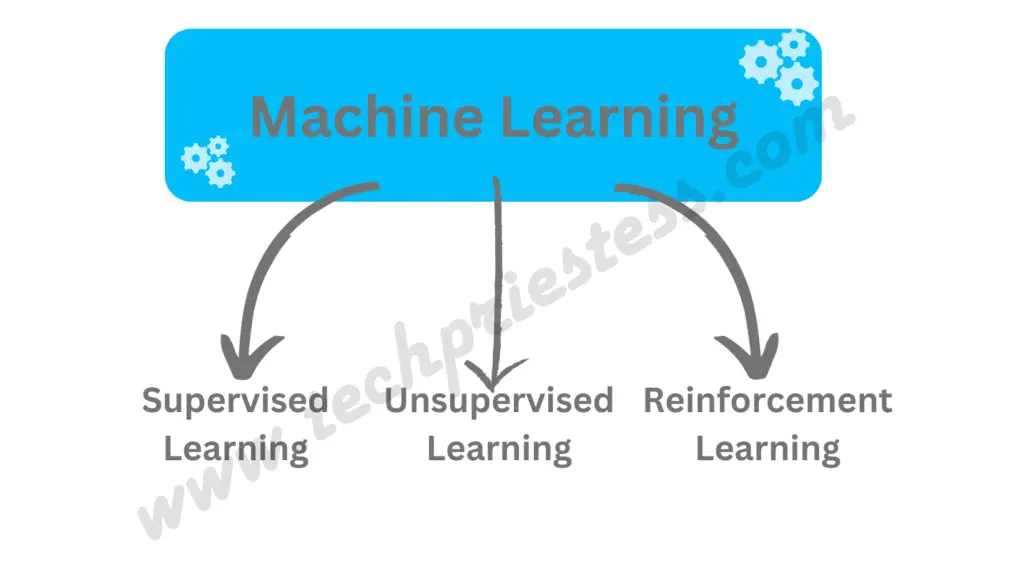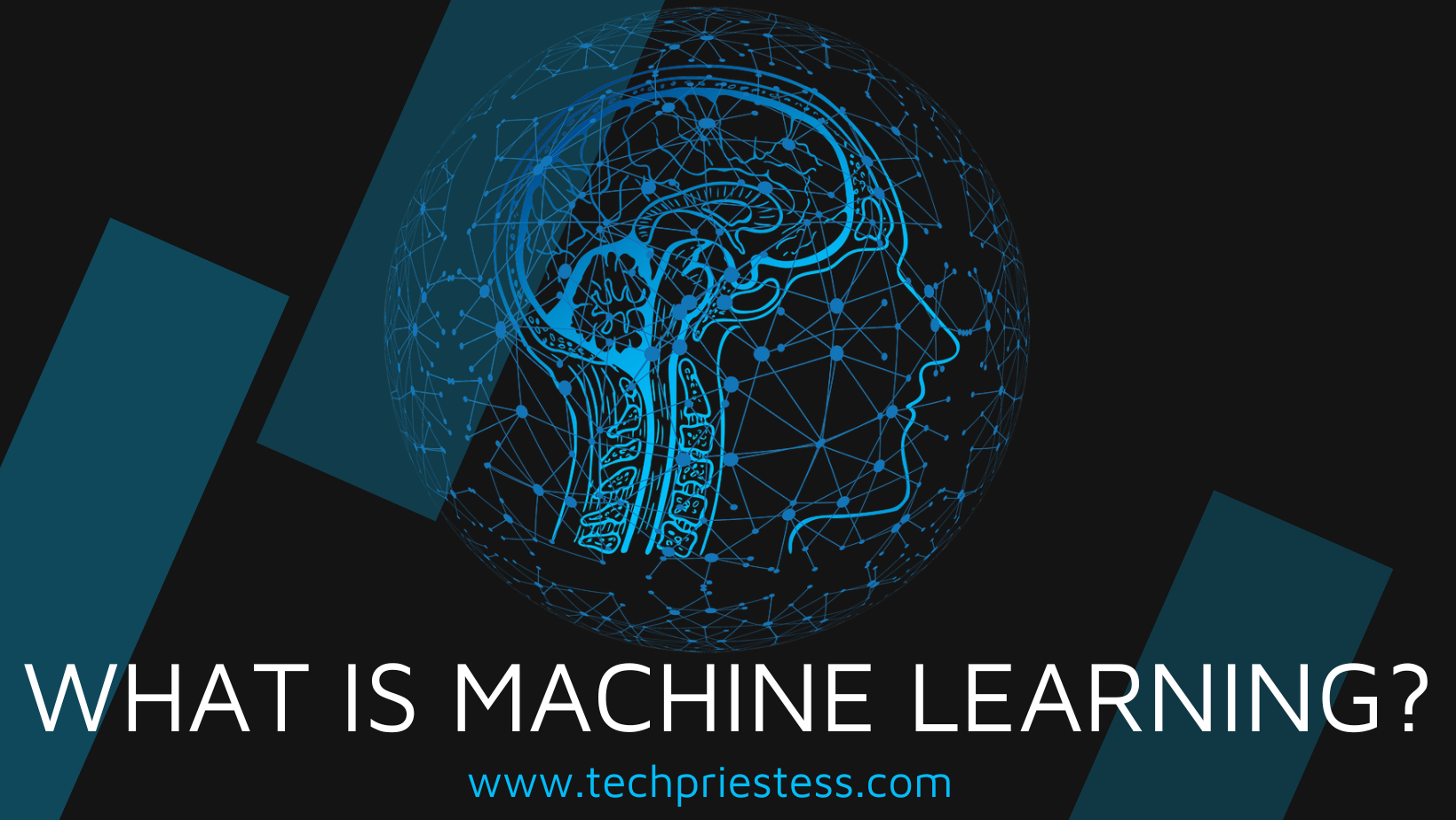What is machine learning
Machine learning is sub-field of artificial intelligence (AI) that focuses on the development of algorithms and models which helps computer to learn and make predictions or decisions without writing some specialized program. The main idea is to create systems that can automatically identify patterns, make sense of data, and improve their performance over time.

Machine Learning involves
- Training Data: Algorithms learn patterns from historical, labeled data.
- Features and Labels: Mapping input features to corresponding labels in supervised learning.
Types of Machine Learning:

- Supervised Learning: Uses labeled datasets for training.
- Unsupervised Learning: Explores data without labeled outcomes.
- Reinforcement Learning: Learns by interacting with an environment and receiving feedback.
How to become machine learning engineer
To become machine learning engineer it is not important to hold a degree but if you are a student then better start with an educational degree in Computer Science domain. And if you are already working and want to switch your career then follow from step 2 . Here is a roadmap you need to follow:

- Education: Get a degree in computer science or related field.
- Learn Programming Language: Learn Python, R, and ML libraries.
- Learn Mathematics: Strong foundation in math, especially linear algebra, statistic and calculus.
- Take Courses: Take online ML courses as the trainer are specialized to provide you the knowledge. Join courses on platform like Cousera, Udemy, LinkedIn Courses and Skillshare.
- Projects: Work on hands-on ML projects. Make mini projects on the topics learned.
- Deep Learning: Learn TensorFlow or PyTorch.
- Version Control: Learn Git.
- Learn Data Handling: Understand data preprocessing as it is the most crucial step.
- Learn about algorithms: Know various ML algorithms.
- Learn Model Evaluation: Learn metrics like accuracy.
- Stay Updated: Keep up with ML trends and research.
- Start Networking: Attend conferences, network online on platforms like LinkedIn.
- Create Online Presence: Create a LinkedIn account, showcase projects on GitHub.
- Apply for Internships: Internships are live proof of your work. Seek internships or entry-level ML positions.
What is Machine learning tools
Machine learning tools are software applications or frameworks that provide the necessary infrastructure and functionality to develop, deploy, and manage machine learning models. There are some tools already available in the Market. Have a look.

- TensorFlow: Open-source library for deep learning (sub-part of Machine Learning).
- PyTorch: Flexible, open-source library for deep learning.
- Scikit-learn: Simple and efficient for various machine learning tasks.
- Keras: High-level neural networks API often used with TensorFlow.
- Jupyter Notebooks: Interactive, web-based environment for code development.
- Azure Machine Learning: Cloud-based service by Microsoft for ML.
- Amazon SageMaker: AWS service for building, training, and deploying ML models.
- RapidMiner: Open-source platform for data science and ML.
- H2O.ai: Open-source platform for data science and ML.
- Apache Spark MLlib: Library within Apache Spark for scalable ML on big data.
Best machine learning tools in 2024
Scikit-learn:
- A Beginner-friendly tool and well-documented.
- Application: Suitable for various machine learning tasks, including classification, regression, and clustering.
TensorFlow with Keras:
- Keras provides a user-friendly and high-level interface.
- Application: Widely used for deep learning projects and neural network implementations.
PyTorch:
- Pytorch is known for its computational graph, making it intuitive for beginners.
- Application: Popular for research and development of deep learning models.
Jupyter Notebooks: (Must and Highly recommended)
- Jupyter is highly interactive and great for learning and prototyping. A beginner friendly IDE that every student or learner must have.
- Application: Ideal for exploratory data analysis and step-by-step code development.

